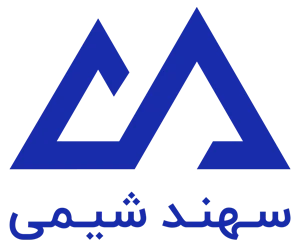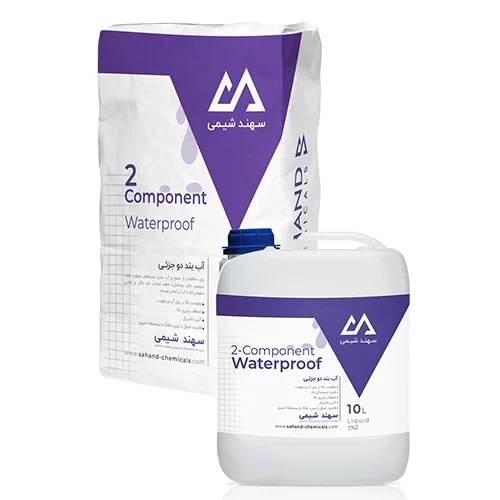Water sealer
Moisture has always been considered a destructive factor for structures. Water penetration is accompanied by the entry of harmful chemicals and pollution, which significantly reduces the durability of materials.
In concrete surfaces, water can penetrate into cracks and, over time, expand and contract, causing cracks to expand and destroy concrete members. To prevent and reduce the destructive effects of moisture, structures must be sealed using principled methods.
One of these methods is the use of modern sealing materials, which have many advantages over traditional methods.
Sahand Shimi Two-Component Sealant
Sahand Shimi Two-Component Sealant is one of the most efficient products on the market, which is the first choice of many contractors and construction masters.
This product is obtained by combining a powder component and a polymer resin component. The important features of this product include excellent adhesion strength, complete sealing with low thickness, long life, appropriate flexibility, speed and ease of preparation and implementation, saving time and cost, and ultimately helping to reduce the weight of the structure.
Applications of two-component sealant
This product can be used on all vertical and horizontal surfaces, wet environments (with positive hydrostatic pressure) that are in direct contact with water and moisture.
Two-component sealant is an efficient product for sealing the floor and walls of agricultural, industrial and recreational pools, roof gardens, side walls and roofs and replaces traditional sealing methods such as waterproofing and bitumen.
This product is more durable and has a better appearance than waterproofing and bitumen, and is used for sealing bathrooms and toilets, as well as all types of ponds and fountains.
Comparison of Sahand Shimi’s two-component waterproofing with Isogam and bitumen
One of the advantages of two-component waterproofing is the possibility of tiling directly on it with tile adhesive, which also reduces the weight of the structure. While for tiling on Isogam, first a rabbeting and then mortaring must be done, which in addition to being time-consuming and costly, will increase the possibility of damaging the Isogam.
Isogam does not have reliable adhesion, especially to vertical concrete surfaces. This feature is especially problematic in environments with high temperature fluctuations such as saunas and jacuzzis. Due to the presence of a polymer component, the two-component waterproofing establishes strong adhesion to its underlying surface and is less affected by temperature stresses and cracks caused by it.
The lifespan of Isogam is relatively short; while the two-component waterproofing is a cement-based product, if used as an intermediate layer, its durability is equal to the lifespan of the structure.
Another difference between the two is the level of environmental compatibility and reduction of environmental pollution. During the preparation and application of insulation and bitumen, we will witness the occurrence of pollution caused by soot.
Meanwhile, the preparation and application of a two-component sealant is considered a cleaner method than traditional methods.



